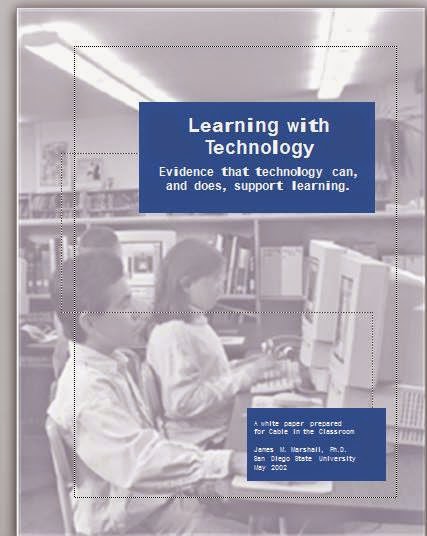TUGAS 9
Judul : Learning And Teaching Styles In Engineering
Education
Penulis
: Richard M. Felder
Teaching methods
also vary. Some instructors lecture, others demonstrate or discuss; some focus
on principles and others on applications; some emphasize memory and others
understanding. How much a given student learns in a class is governed in part
by that student’s native ability and prior preparation but also by the
compatibility of his or her learning style and the instructor’s teaching style.
Dimensions of Learning Style
The processing
step may involve simple memorization or inductive or deductive reasoning,
reflection or action, and introspection or interaction with others. The outcome
is that the material is either “learned” in one sense or another or not learned.
Models of
Learning
& Teaching
A student’s learning style may be defined in large
part by the answers tofive questions:
1) What type of information does the student
preferentially perceive:sensory (external) sights, sounds, physical
sensations, or intuitive (intern al)possibilities, insights, hunches.
2) What type of information does the student
preferentially perceive:sensory (external) sights, sounds, physical
sensations, or intuitive (intern al)possibilities, insights, hunches.
3) Through which sensory channel is external information
most effectivelyperceived: visual pictures, diagrams, graphs, demonstrations,
or auditory words, sounds (Other sensory channels touch, taste, and
smell are relatively unimportant in most educational environments and will not
be considered here.
4) With which organization of information is the student
most comfortable: inductive facts and observations are given, underlying
principles are inferred, or deductive principles are given, consequences
and applications are deduced.
5) How does the student prefer to process information: actively
through engagement in physical activity or discussion, or reflectively through
Introspection.
6) How does the student progress toward understanding: sequentially—in
continual steps, or globally—in large jumps, holistically.
Teaching style may also be defined in terms of the
answers to five
Questions :
1. What type of information is emphasized by the
instructor: concrete factual, or abstract conceptual, theoretical.
2. What mode of presentation is stressed:
visual—pictures, diagrams,films,demonstrations, or verbal lectures,
readings, discussions.
3. How is the presentation organized:
inductively—phenomena leading toprinciples, or deductively principles
leading to phenomena.
4. What mode of student participation is facilitated by
the presentation: active students talk, move, reflect, or passive students
watch and listen.
5. What type of perspective is provided on the
information presented: sequential step-by-step.
Inductive and Deductive
Learners
Induction is a reasoning progression that proceeds from
particulars (observations, measurements, data) togeneralities (governing rules,
laws, theories).
Induction is the natural
human learning
style. Babies do not come into life with a set of general principles but
rather observe the world around them and draw inferences: “If I throw my bottle
and scream loudly, someone eventually shows up.”
much in situations that
requirethem to be passive, and reflective
learners do not learn much insituations that provide
no opportunity to think about the
information being presented.
Perhaps most
important, some homework problems should be assigned that present phenomena and
ask for the underlying rules. Such problems play to the inductive learners
strength and they also help deductive learners develop facility with their
lesspreferred learning mode. Several such exercises have been suggested for
different branches of engineering.
Active and Reflective
Learners
The complex
mental processes by which perceived information is converted into knowledge can
be conveniently grouped into two categories: active experimentation and reflective
observation. 3 Active experimentation involves doing something in the
external world with the information discussing it or explaining it or testing
it in some way and reflective observation involves examining and manipulating
the information introspectively.
Learning styles of most engineering students and
teaching styles of most engineering professors are incompatible in several
dimensions.
